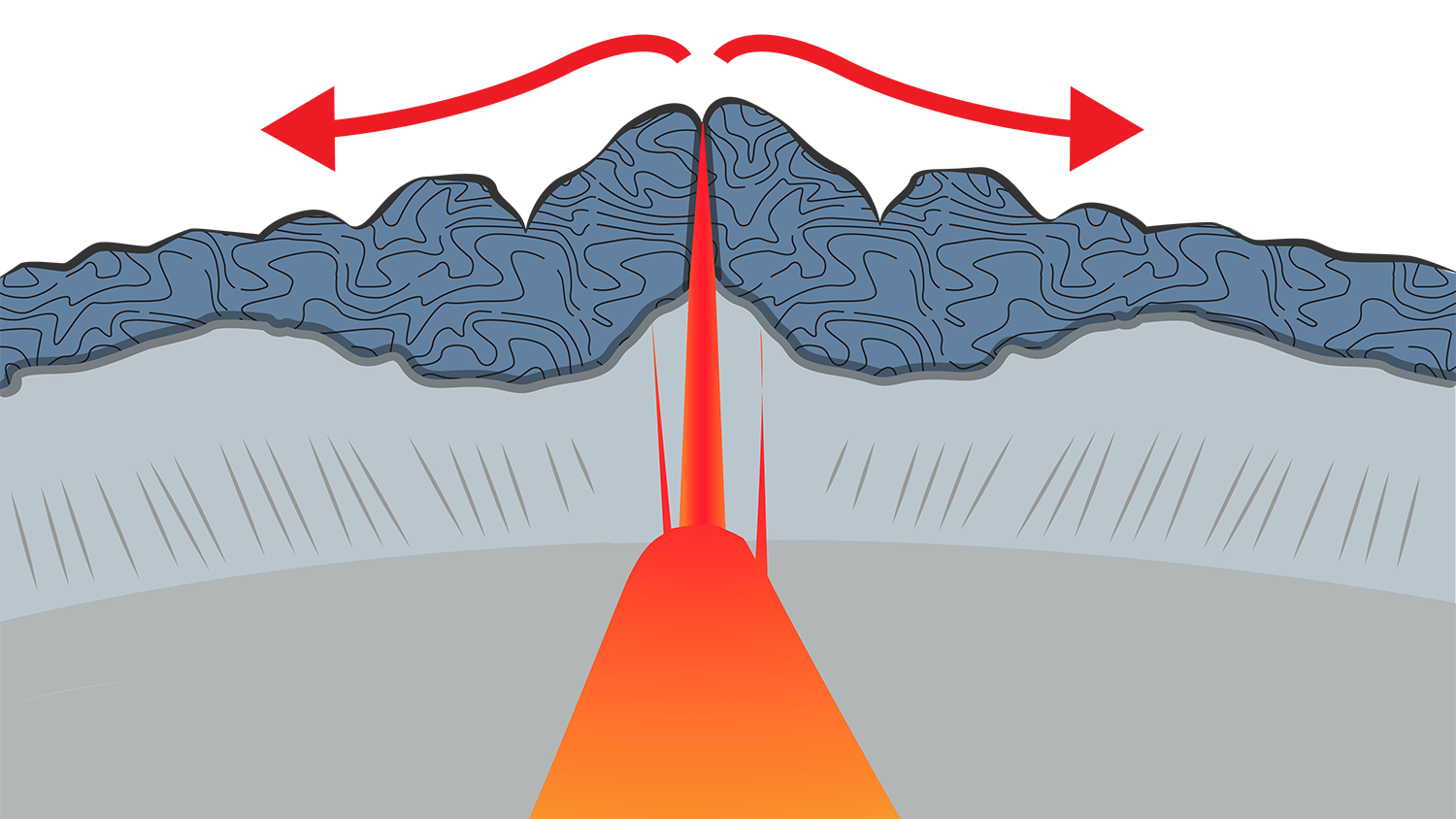Earth Science Concepts
Classified in Geology
Written on in  English with a size of 19.96 KB
English with a size of 19.96 KB
The News: is the account of an event that has recently occurred and is considered to be of public interest.
Headline: is the heading
Lead: captures the essence of the news, the event that occurred, the location, and the time.
Body: develops the subject matter of the news.
Newspaper: is a publication that collects the most recent news on different topics.
Hyperonyms: words whose meaning includes that of others
Hyponyms: words whose meaning is included in that of others
News Era: where the topic it deals with is briefly indicated.
Gigantism: a disease whose body parts are larger than normal.
Oleaginous: oil substance.
Pronouns: are words that are equivalent to a noun or a nominal group.
Demonstrative Pronouns: are words that refer to an object.
Numeral and Indefinite Pronouns: indicate quantity.
Relative Pronouns: refer to a noun that has appeared previously, for example, who or which.
Interrogative or Exclamatory Pronouns: are part of a question or an exclamation.
Personal Pronouns: are words that refer to those who participate in communication.
First Person: indicates who the person or people are who are speaking.
Second Person: refers to the person with whom you are speaking.
Third Person: refers to other people.
Tonic Pronouns: appear alone
Atonic Pronouns: always appear accompanied by a verb.
Reflexive Pronouns: are personal pronouns that refer to the subject
Reciprocal Pronouns: express the mutual relationship that exists between the individuals of a plural subject.
The Story: is a type of literary narration made for its brevity.
Traditional Story: are anonymous stories that are transmitted orally until an author decides to collect them in writing
Wonderful Story. Magic Story
Realistic Story: narrates everyday events made with normal and ordinary beings.
Modern Story: are stories told by an author.
Micro-Story: a very brief narration
The Earth is dynamic, so it is constantly changing. Combine what you've learned about plate tectonics and the rock cycle. What are different processes that lead to new rock being formed and other rock being broken down or changing? Please answer this question with at least 3 full sentences
The two plates are all the time moving together so one is moving faster to try and move the other one and move the water, sometimes this causes the tsunami, and the tsunami deposits some materials but also this plate moves and causes a volcanic.
We discussed four types of evidence that Wegner used to support his theory of plate tectonics. Please list at least 3 of these types of evidence. (Hint: Think back to the activity you did on Gondwana)
Correct Answers: Evidence from fossils, glaciers, rock, and coal deposits
Transform
Weathering caused by wind and running water are examples of
Physical weathering
Why do tectonic plates move?
Convection currents in the mantle cause plates to move.
Why do South America and Africa have matching coastlines? Please answer in at least two full sentences.
It is because of Pangea and the continental drift.
have points the rock is Sedimentary
 mid - ocean ridge
mid - ocean ridge
divergent
convergent
What's the difference between lava and magma?
The magma is under the earth and lava is on the surface of the earth
Based on what you know about seafloor spreading, how can you compare the age between the rock next to the mid-ocean ridge and the rock closer to the continents
We can depending on how long they are and the texture how is.
Which of the following explains how mountains are formed? (Hint: Think about how the Himalayas were formed)
Continental plates collide at convergent boundaries causing the crust to push upward.
What is a rock?
The solid mineral material forming part of the surface of the earth and other similar planets, exposed on the surface or underlying the soil.
Respuesta necesaria. Texto de una sola línea.
The magma is under the earth and lava is on the surface of the earth the magma is under the earth and lava is on the surface of the earth
